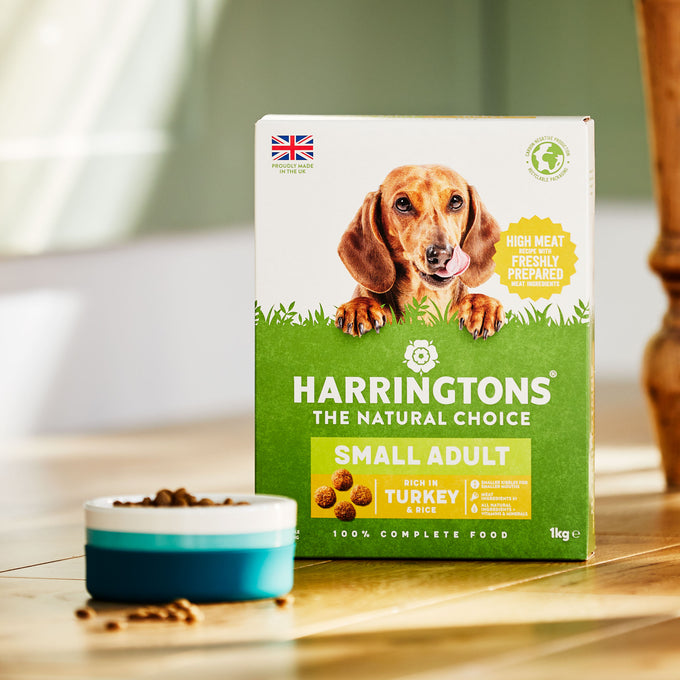Sure, it gets darker earlier and the colder weather makes you want to snuggle up with a hot drink. But seeing the look of pure happiness on your dog’s face before you both go for a walk can warm your heart on even the coldest of days.
There are plenty of things you can do to ensure your winter dog walk is as safe as possible. Read our helpful safety tips below so you can both enjoy the great outdoors, worry-free.
- It is now compulsory for dogs to be fitted with a microchip by the time they’re eight weeks old. For your peace of mind, you should also make sure your dog is wearing a collar with an engraved dog tag. Collars with built-in LED lights are even better.
- When weather conditions are particularly severe, it may be a more sensible idea to shorten your usual walk or just let them outside in the garden to burn off some energy.
- Pile on the layers — a long-sleeved thermal t-shirt and leggings can be worn underneath your normal clothes to help keep heat in. Be sure to use reflective gear or LED lights on your clothes for maximum visibility during those dark mornings and evenings.
- Most dogs benefit from a jacket, but it’s an especially important consideration for puppies, elderly dogs, smaller breeds and hairless or shorter-haired dogs, who may have a harder time staying warm.
- Protect your dog’s paws by wiping them down as soon as you return from your walk with a pet-safe wipe to remove any debris. Washing their paws removes salt or ice melt chemicals from your dog's paws before he licks them.
- For snowy conditions, it’s best to take extra precautions despite how much fun they think it is! A little snow is unlikely to do any damage, however, eating snow does have its risks. For one thing, you never know what may be in the snow - antifreeze, chemicals, or other contaminants, so it’s always best to keep an eye out and avoid them eating it in large quantities.
What are your tips for keeping your pet safe during walks in the winter? Share your advice on the Harringtons Facebook page.

